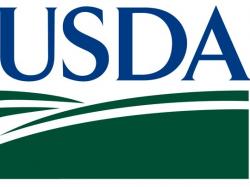USDA Pilot To Subsidize Fruits And Vegetables
August 23, 2010 | 1 min to read

Public health advocates have long yearned to link food assistance to good nutrition. But the question was how? Telling people what to eat is a political no-no – and it's impractical to boot: How could the government rate which of the 50,000-plus products in a grocery store are healthy? Would Diet Coke pass the test? How about juice drink Sunny Delight?
This week, the USDA took a first crucial step toward finding the answer when it announced details of a $20 million pilot program that provides incentives for recipients of SNAP, formerly called food stamps, to eat more fruits and vegetables. The money was allocated in the 2008 Farm Bill.
The so-called Healthy Incentives Pilot (HIP) will take place in Hampden County, Mass., a mix of 27 urban, rural and suburban cities with a total of 50,000 SNAP households. Starting in fall 2011, 7,500 households will receive 30 cents for every dollar that they spend on fruits and vegetables with their SNAP electronic benefit cards. Cambridge, Mass., consulting group Abt Associates will evaluate the pilot to assess how overall diets are affected.
Twenty million dollars isn't much when you consider that the government budget for food stamps was more than $56 billion in 2009. But philosophically, it represents a shift. For decades, the government treated hunger and obesity as unrelated phenomena. The anti-hunger lobby supported that position, arguing that a mandate on what kind of food needy people should eat is both impractical and smacks of paternalism.
To read the rest of the story, please go to: The Washington Post.
